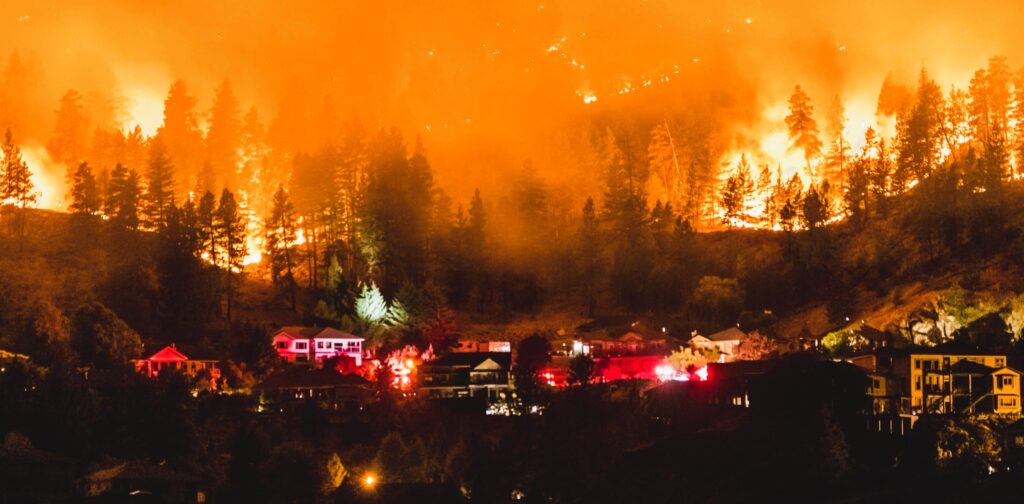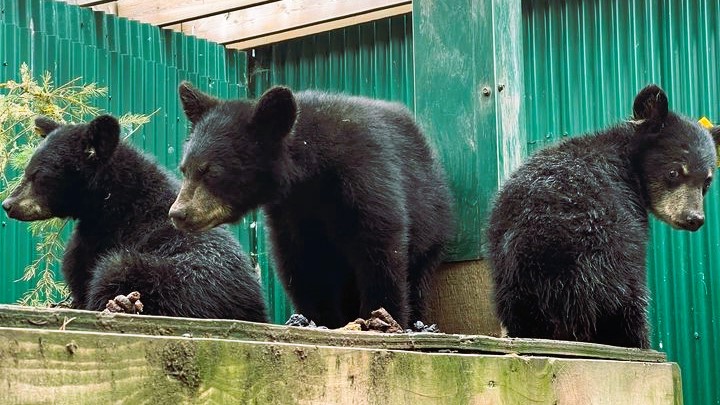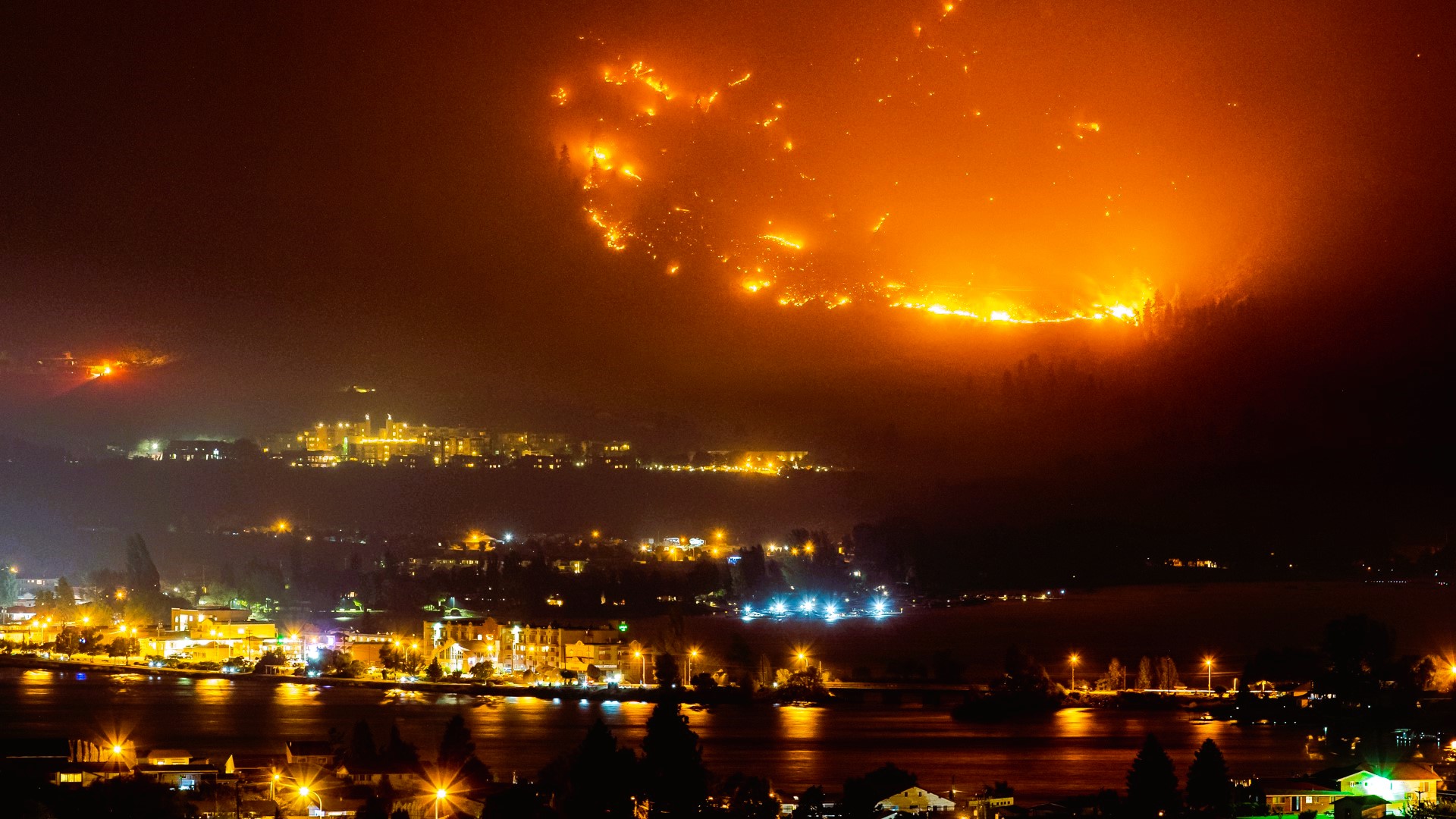In the wake of devastating wildfires that have swept through the picturesque landscapes of Kelowna, British Columbia, the focus has shifted to the critical task of rehabilitating the wildlife that call this region home. The aftermath of fires presents a unique challenge, but Kelowna’s proactive approach to wildlife rehabilitation, supported by standards set by reputable platforms like, is a beacon of hope for the revival of its diverse ecosystems.
Understanding the Impact:
Wildfires have a profound impact on wildlife, disrupting habitats, causing displacement, and sometimes leading to injury or loss of life. The scale of recent fires in Kelowna highlights the urgency of rehabilitating affected wildlife to restore the balance of its delicate ecosystems.
Collaborative Efforts and Research:
Kelowna’s rehabilitation efforts are driven by a collaborative spirit among local organizations, wildlife experts, and volunteers. The city collaborates with environmental agencies and researchers to gather data about wildlife populations, health, and movement patterns. These insights are invaluable for designing effective rehabilitation strategies.
Emergency Rescue and Care:

Kelowna’s response to wildlife in need is swift and compassionate. Trained wildlife rehabilitators work tirelessly to rescue injured animals from fire-affected areas. They provide immediate medical attention and care, nursing the injured back to health before reintroducing them into safe habitats. Protecting Your Home: Important Fire Safety Tips for Kelowna Residents.
Habitat Restoration:
Restoring habitats is a cornerstone of Kelowna’s wildlife rehabilitation efforts. Post-fire, the city works to rehabilitate scorched landscapes by planting native vegetation that supports local fauna. This process aims to accelerate the recovery of habitats and provide food and shelter for wildlife populations.
Education and Public Involvement:
Kelowna’s commitment to wildlife rehabilitation extends to education and public involvement. The city organizes workshops, educational programs, and community events that raise awareness about the importance of protecting and rehabilitating wildlife. These initiatives foster a sense of responsibility and unity among residents.
Support from Authoritative Platforms:
Kelowna’s wildlife rehabilitation aligns with standards set by Wikipedia. These platforms offer valuable insights into best practices, guidelines, and resources for wildlife rehabilitation efforts. Kelowna’s adherence to these standards ensures that its approach is informed by a wealth of knowledge.
Tracking Progress and Long-Term Success:
Monitoring the progress of rehabilitated wildlife is crucial to assessing the effectiveness of rehabilitation efforts. Kelowna employs advanced tracking technologies and research methodologies to study the movement and behavior of reintroduced animals. This data helps refine rehabilitation strategies and measure the long-term success of the endeavor.
Economic and Ecological Benefits:

Kelowna’s commitment to wildlife rehabilitation extends beyond altruism; it carries economic and ecological benefits. Healthy wildlife populations contribute to the overall health of ecosystems, which, in turn, support tourism, agriculture, and biodiversity. The city’s investment in rehabilitation pays dividends for both the environment and the community.
Conclusion:
Kelowna’s rehabilitation efforts underscore its dedication to protecting its natural heritage and nurturing its ecosystems back to health. By adhering to recognized standards and implementing effective strategies, the city not only aids in the recovery of wildlife but also sets an example for other communities facing similar challenges. As Kelowna continues to rebuild its landscapes, its commitment to the welfare of its wildlife is a testament to its resilience and determination to restore the beauty and vitality of its cherished region.


